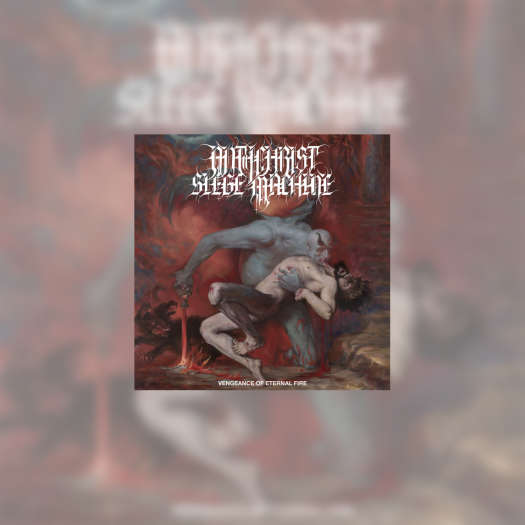While he's primarily known as the frontman for Faith No More, Mike Patton has worked with an extensive number of bands and musicians across his 30-year career, in which he's established himself as one of the strangest and most diverse singers out there. His one-of-a-kind voice has earned him the accolade of having the largest vocal range of any popular musician, with a mighty range of six octaves that he uses as an instrument of his own.
Aside from music, Patton has also made a name for himself in the film and video game industries. He started by scoring soundtracks for movies such as A Perfect Place, Crank: High Voltage, and The Place Beyond the Pines, and lent his voice to the terrifying infected humans in 2007's I Am Legend. Being an avid video game fan led him to voice the demonic creatures in The Darkness series, as well as characters in Portal, Bionic Commando and the groaning, shrieking zombies in Left 4 Dead.
As if releasing over 30 albums, multiple EPs, demos, soundtracks and voice acting weren't enough, Patton joined the ranks of hardcore punk supergroup Dead Cross this year, which also features former Slayer drummer Dave Lombardo, Justin Pearson (the Locust, Retox, Head Wound City) and Michael Crain (Retox, Festival of Dead Deer).
Before their self-titled debut album comes out this August on Patton's record label Ipecac Recordings, familiarize yourself with the best of his work in Exclaim!'s Essential Guide to Mike Patton, below.
Essential Albums:
6. Mr. Bungle
California
(1999)
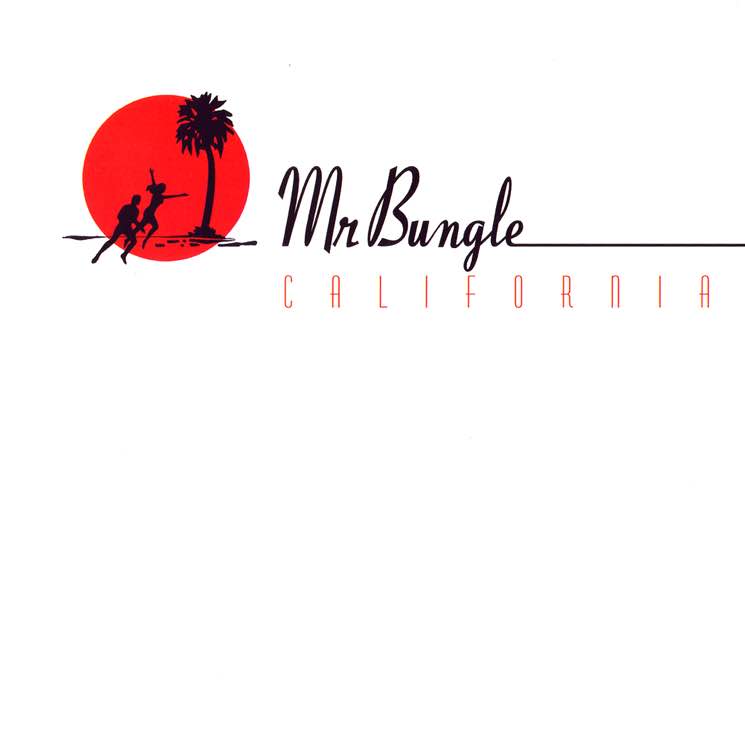
Mr. Bungle were masters at creating some of the most experimental sounding music, and never fit nicely into any genre, but they always used that as an advantage — they never sounded like another artist. With the band's final album, California, Mr. Bungle created their most cohesive and direct record while still incorporating as many different sounds at once.
On songs like opening track "Sweet Charity" or "None of Them Knew They Were Robots," the band test out spaghetti western elements and combine them with the strange piano melodies that they had become known for. "Pink Cigarette" is an exotic sounding ballad that captures a sweet and softer side of the band, and sounds drastically different to the manic assault that their previous albums focused on. California maintained the strange stylings that Mr. Bungle fans had come to love by that point, but remains beautiful and melodic to this day.
5. Tomahawk
Mit Gas
(2003)

Patton's less strange and experimental band Tomahawk has a more straightforward rock sound than most of his other projects, while still holding onto some of the singer's signature weirdness. The band's second record Mit Gas is a wondrous mix of upbeat rock'n'roll and ambient melodic moments.
Tracks such as "Rape This Day" and "Mayday" are rock jams in which Patton reins in his weirder impulses and focuses more on a cohesive sound, rather than attempting to create strange soundscapes with his voice. On "Capt Midnight," the band play with clean, melodic tones using Patton's singing voice to boost the heavier moments. Mit Gas is the closest thing you're going to get to Patton writing a "normal"-sounding album.
4. Fantômas
The Director's Cut
(2001)
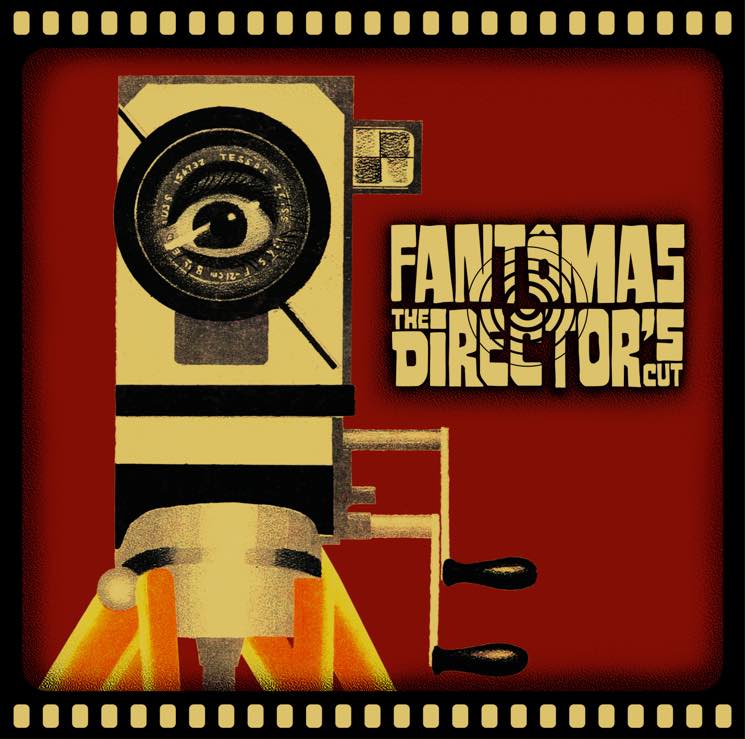
Just before Faith No More broke up in the late '90s, Patton formed avant-garde metal group Fantômas along with ex-Slayer drummer Dave Lombardo, Melvins' guitarist Buzz Osborne and Mr. Bungle and Tomahawk bassist Trevor Dunn. Their sophomore album The Director's Cut was a dark and eerie mix of hyper-fast metal and operatic melodies that referenced classic film scores and horror movie soundtracks.
From the opening notes of their adaptation of The Godfather's classic theme, Patton's animalistic screeches and manic clean singing are extraordinarily captivating, especially alongside the classical string sections and unnerving sound samples here. The band's members distinctly bring their influences into the mix, with plenty of speedy, thrash metal madness clearly coming from Lombardo and sludgy downtrodden moments courtesy of Osborne. The Director's Cut is the definitive Fantômas record, and captured the band's eerie, wild essence perfectly.
3. Faith No More
The Real Thing
(1989)
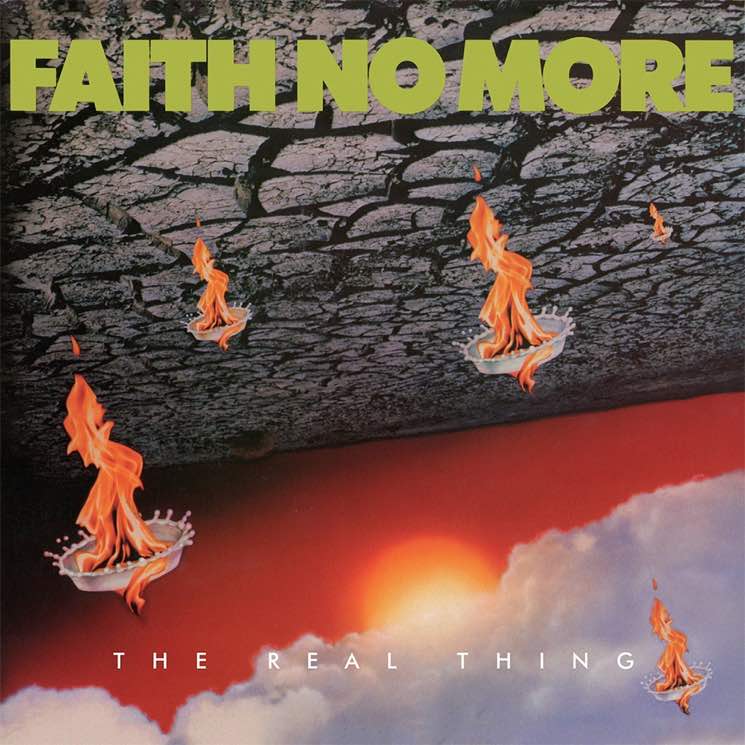
Following Faith No More's split with vocalist Chuck Mosley in 1988, the band approached Patton at a Mr. Bungle show after being impressed with the band's early demos. All of the instruments for The Real Thing were already recorded by this point, and a couple of weeks after joining, Patton had the lyrics written for what would become Faith No More's breakthrough album.
The Grammy Award-winning record was groundbreaking, displaying that heavy music didn't need to stick to the standard sounds of metal by mixing funk, pop and even some rap influences into their sound. Tracks such as the bass-driven funk tune "Falling to Pieces" or title track "The Real Thing" showcased Patton's vast singing ability, from death metal-style growls, to nasal high-pitched singing and aggressive, punk shouts, all within a single track.
The album would also feature the band's biggest hit and only Top Ten song in the U.S. to date in "Epic," which spawned a feud between Patton and Red Hot Chili Peppers vocalist Anthony Kiedis. Kiedis made claims that Patton stole his vocal delivery and stage presence in the video for the song, starting a rivalry that has never been fully resolved.
2. Mr. Bungle
Mr. Bungle
(1991)
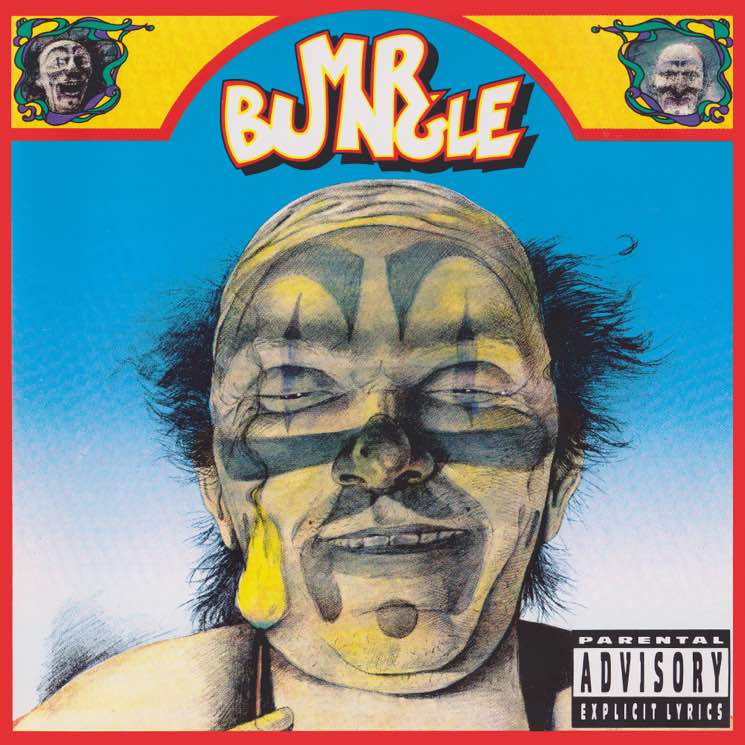
Patton's first band were never easy to categorize, cycling between thrash metal, experimental jazz, ska, disco and every other genre you could possibly imagine, but they achieved a sound unlike any other band. Mr. Bungle's 1991 debut self-titled album captured the group's manic, circus-like sound in a way their later releases began to tone down on.
Songs such as "Carousel" and the oddly titled "Squeeze Me Macaroni" sound like a soundtrack to a speed-addicted carny's mental breakdown, jumping from laid-back ska riffs to wild jazz breaks and traditional carnival music. The album is a difficult one to access, but it pays off; Mr. Bungle shows Patton's inhuman voice being pushed to its fullest extent.
1. Faith No More
Angel Dust
(1992)
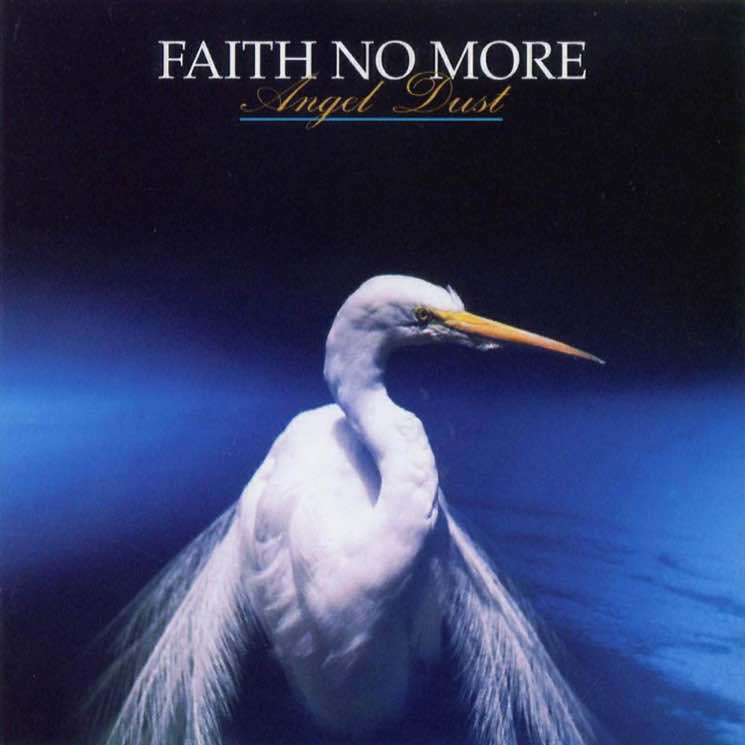
Angel Dust is a perfect combination of aggression and beautiful, haunting melodies. The album would be the first Faith No More record on which Patton would have substantial input in the writing process, and showed plenty of growth since their previous record, The Real Thing.
On tracks such as "Caffeine" and "Everything's Ruined," the band masterfully float between heavy rock jamming and sinister-sounding clean melodies in a more controlled and reserved manner than before. "Be Aggressive" is a belligerent funk-rock song about blowjobs, featuring a cheerleading chant of the song title and Patton alternating between beautifully crooning and aggressively shouting the words "I swallow!"
The record solidified Patton's influence on Faith No More and took them from loose, frivolous experimentation to a more refined and directed sound. If The Real Thing was Faith No More's breakthrough, Angel Dust was the record that cemented their place in rock music.
What to Avoid:

Mike Patton's skill and dedication to experimentation has led to a career of largely successful albums, but nobody is perfect; some of his ideas were just too strange to be good. The singer's first solo album, Adult Themes for Voice (1996) was recorded in hotel rooms during a Faith No More tour and solely consists of noises made with his voice. While Patton has incredibly unique vocals, the lack of instruments and any discernible song structure on the album leads to an annoying 45-minutes of what is essentially just noise for the sake of noise.
Much of his solo work fell flat in a similar regard to Adult Themes for Voice, consisting of poorly thought out noise tracks that more closely resemble a child screwing around with instruments than a cohesive record. His second solo album, 1997's Pranzo Oltranzista, features smooth saxophone sections, courtesy of longtime collaborator John Zorn, intertwined with random bangs and clangs from Patton that don't really go anywhere and sound like a confused mess.
The recordings on which Patton ditches proper song structure are the ones where he tends to lose momentum. The last Fantômas album, Suspended Animation (2005), is another sloppy record from the vocalist where songs bleed into each other, or simply don't last long enough to sustain listeners' attention. The majority of the songs are less than 90 seconds and feel almost unfinished.
Further Listening:

While Angel Dust and The Real Thing are the definitive Faith No More releases, the band's work with Patton was good across the board. Their third record with him, King for a Day…Fool for a Lifetime (1995) spawned hit songs like "Digging the Grave" and "Ricochet," but the album was the beginning of a decline for Faith No More.
Their follow up record Album of the Year (1997) is a solid release worth checking out — songs such as "Ashes to Ashes" and "Stripsearch" are classics — even if it dips slightly in quality from their previous records. To avoid ever making a bad record, the band called it quits after Album; in a 2001 interview, Patton remarked that "[We split] Because we were starting to make bad music. And that's when you need to pull the plug. Our next record would have been a piece of shit."
Although it took nearly two decades for Faith No More to release another record, 2015's Sol Invictus was a welcome return to form. The album is jammed with heavy-hitting songs such as "Motherfucker," "Superhero" or "Separation Anxiety," which all capture the band's signature sound and show that their reunion isn't just a cash grab.
If you enjoy Patton's work with Faith No More but want something a little heavier, his collaboration with mathcore pioneers the Dillinger Escape Plan on the Irony Is a Dead Scene EP will satisfy that need. In a little under 20 minutes, Patton and the band fly through an absurd amount of oddly timed harsh riffs and clean, jazzy melodies while mixing in elements of industrial music. The record also features a masterful cover of Aphex Twin's "Come to Daddy" where Patton switches between demonic low growls and piercingly high, alien-like shrieks.
Patton's Peeping Tom project found him embracing more mainstream sounds, with a focus on lighter pop melodies crossed with elements of hip-hop. Patton fittingly described the project's only album, 2006's Peeping Tom, as his version of pop music, explaining that it's the type of pop that he would like to hear on the radio: "In a way, this is an exercise for me: taking all these things I've learned over the years and putting them into a pop format. I've worked with many people who have said to me, 'Oh you have a pop record in you, eventually you'll find it,' and I always laughed at them. I guess I owe them an apology."
Patton also collaborated on a number of albums with saxophonist John Zorn, providing vocals to his avant-garde jazz instrumentation. While their work together is extremely ambient and minimalistic, Patton added an extra element to the music with hints of his vocals found across the albums. Their collaborations aren't for everyone, but 1992's Elegy is a fantastic piece of experimental and terrifying jazz that builds on shifting moods throughout to highlight explosive moments on the record.
Aside from music, Patton has also made a name for himself in the film and video game industries. He started by scoring soundtracks for movies such as A Perfect Place, Crank: High Voltage, and The Place Beyond the Pines, and lent his voice to the terrifying infected humans in 2007's I Am Legend. Being an avid video game fan led him to voice the demonic creatures in The Darkness series, as well as characters in Portal, Bionic Commando and the groaning, shrieking zombies in Left 4 Dead.
As if releasing over 30 albums, multiple EPs, demos, soundtracks and voice acting weren't enough, Patton joined the ranks of hardcore punk supergroup Dead Cross this year, which also features former Slayer drummer Dave Lombardo, Justin Pearson (the Locust, Retox, Head Wound City) and Michael Crain (Retox, Festival of Dead Deer).
Before their self-titled debut album comes out this August on Patton's record label Ipecac Recordings, familiarize yourself with the best of his work in Exclaim!'s Essential Guide to Mike Patton, below.
Essential Albums:
6. Mr. Bungle
California
(1999)

Mr. Bungle were masters at creating some of the most experimental sounding music, and never fit nicely into any genre, but they always used that as an advantage — they never sounded like another artist. With the band's final album, California, Mr. Bungle created their most cohesive and direct record while still incorporating as many different sounds at once.
On songs like opening track "Sweet Charity" or "None of Them Knew They Were Robots," the band test out spaghetti western elements and combine them with the strange piano melodies that they had become known for. "Pink Cigarette" is an exotic sounding ballad that captures a sweet and softer side of the band, and sounds drastically different to the manic assault that their previous albums focused on. California maintained the strange stylings that Mr. Bungle fans had come to love by that point, but remains beautiful and melodic to this day.
5. Tomahawk
Mit Gas
(2003)

Patton's less strange and experimental band Tomahawk has a more straightforward rock sound than most of his other projects, while still holding onto some of the singer's signature weirdness. The band's second record Mit Gas is a wondrous mix of upbeat rock'n'roll and ambient melodic moments.
Tracks such as "Rape This Day" and "Mayday" are rock jams in which Patton reins in his weirder impulses and focuses more on a cohesive sound, rather than attempting to create strange soundscapes with his voice. On "Capt Midnight," the band play with clean, melodic tones using Patton's singing voice to boost the heavier moments. Mit Gas is the closest thing you're going to get to Patton writing a "normal"-sounding album.
4. Fantômas
The Director's Cut
(2001)

Just before Faith No More broke up in the late '90s, Patton formed avant-garde metal group Fantômas along with ex-Slayer drummer Dave Lombardo, Melvins' guitarist Buzz Osborne and Mr. Bungle and Tomahawk bassist Trevor Dunn. Their sophomore album The Director's Cut was a dark and eerie mix of hyper-fast metal and operatic melodies that referenced classic film scores and horror movie soundtracks.
From the opening notes of their adaptation of The Godfather's classic theme, Patton's animalistic screeches and manic clean singing are extraordinarily captivating, especially alongside the classical string sections and unnerving sound samples here. The band's members distinctly bring their influences into the mix, with plenty of speedy, thrash metal madness clearly coming from Lombardo and sludgy downtrodden moments courtesy of Osborne. The Director's Cut is the definitive Fantômas record, and captured the band's eerie, wild essence perfectly.
3. Faith No More
The Real Thing
(1989)

Following Faith No More's split with vocalist Chuck Mosley in 1988, the band approached Patton at a Mr. Bungle show after being impressed with the band's early demos. All of the instruments for The Real Thing were already recorded by this point, and a couple of weeks after joining, Patton had the lyrics written for what would become Faith No More's breakthrough album.
The Grammy Award-winning record was groundbreaking, displaying that heavy music didn't need to stick to the standard sounds of metal by mixing funk, pop and even some rap influences into their sound. Tracks such as the bass-driven funk tune "Falling to Pieces" or title track "The Real Thing" showcased Patton's vast singing ability, from death metal-style growls, to nasal high-pitched singing and aggressive, punk shouts, all within a single track.
The album would also feature the band's biggest hit and only Top Ten song in the U.S. to date in "Epic," which spawned a feud between Patton and Red Hot Chili Peppers vocalist Anthony Kiedis. Kiedis made claims that Patton stole his vocal delivery and stage presence in the video for the song, starting a rivalry that has never been fully resolved.
2. Mr. Bungle
Mr. Bungle
(1991)

Patton's first band were never easy to categorize, cycling between thrash metal, experimental jazz, ska, disco and every other genre you could possibly imagine, but they achieved a sound unlike any other band. Mr. Bungle's 1991 debut self-titled album captured the group's manic, circus-like sound in a way their later releases began to tone down on.
Songs such as "Carousel" and the oddly titled "Squeeze Me Macaroni" sound like a soundtrack to a speed-addicted carny's mental breakdown, jumping from laid-back ska riffs to wild jazz breaks and traditional carnival music. The album is a difficult one to access, but it pays off; Mr. Bungle shows Patton's inhuman voice being pushed to its fullest extent.
1. Faith No More
Angel Dust
(1992)

Angel Dust is a perfect combination of aggression and beautiful, haunting melodies. The album would be the first Faith No More record on which Patton would have substantial input in the writing process, and showed plenty of growth since their previous record, The Real Thing.
On tracks such as "Caffeine" and "Everything's Ruined," the band masterfully float between heavy rock jamming and sinister-sounding clean melodies in a more controlled and reserved manner than before. "Be Aggressive" is a belligerent funk-rock song about blowjobs, featuring a cheerleading chant of the song title and Patton alternating between beautifully crooning and aggressively shouting the words "I swallow!"
The record solidified Patton's influence on Faith No More and took them from loose, frivolous experimentation to a more refined and directed sound. If The Real Thing was Faith No More's breakthrough, Angel Dust was the record that cemented their place in rock music.
What to Avoid:

Mike Patton's skill and dedication to experimentation has led to a career of largely successful albums, but nobody is perfect; some of his ideas were just too strange to be good. The singer's first solo album, Adult Themes for Voice (1996) was recorded in hotel rooms during a Faith No More tour and solely consists of noises made with his voice. While Patton has incredibly unique vocals, the lack of instruments and any discernible song structure on the album leads to an annoying 45-minutes of what is essentially just noise for the sake of noise.
Much of his solo work fell flat in a similar regard to Adult Themes for Voice, consisting of poorly thought out noise tracks that more closely resemble a child screwing around with instruments than a cohesive record. His second solo album, 1997's Pranzo Oltranzista, features smooth saxophone sections, courtesy of longtime collaborator John Zorn, intertwined with random bangs and clangs from Patton that don't really go anywhere and sound like a confused mess.
The recordings on which Patton ditches proper song structure are the ones where he tends to lose momentum. The last Fantômas album, Suspended Animation (2005), is another sloppy record from the vocalist where songs bleed into each other, or simply don't last long enough to sustain listeners' attention. The majority of the songs are less than 90 seconds and feel almost unfinished.
Further Listening:

While Angel Dust and The Real Thing are the definitive Faith No More releases, the band's work with Patton was good across the board. Their third record with him, King for a Day…Fool for a Lifetime (1995) spawned hit songs like "Digging the Grave" and "Ricochet," but the album was the beginning of a decline for Faith No More.
Their follow up record Album of the Year (1997) is a solid release worth checking out — songs such as "Ashes to Ashes" and "Stripsearch" are classics — even if it dips slightly in quality from their previous records. To avoid ever making a bad record, the band called it quits after Album; in a 2001 interview, Patton remarked that "[We split] Because we were starting to make bad music. And that's when you need to pull the plug. Our next record would have been a piece of shit."
Although it took nearly two decades for Faith No More to release another record, 2015's Sol Invictus was a welcome return to form. The album is jammed with heavy-hitting songs such as "Motherfucker," "Superhero" or "Separation Anxiety," which all capture the band's signature sound and show that their reunion isn't just a cash grab.
If you enjoy Patton's work with Faith No More but want something a little heavier, his collaboration with mathcore pioneers the Dillinger Escape Plan on the Irony Is a Dead Scene EP will satisfy that need. In a little under 20 minutes, Patton and the band fly through an absurd amount of oddly timed harsh riffs and clean, jazzy melodies while mixing in elements of industrial music. The record also features a masterful cover of Aphex Twin's "Come to Daddy" where Patton switches between demonic low growls and piercingly high, alien-like shrieks.
Patton's Peeping Tom project found him embracing more mainstream sounds, with a focus on lighter pop melodies crossed with elements of hip-hop. Patton fittingly described the project's only album, 2006's Peeping Tom, as his version of pop music, explaining that it's the type of pop that he would like to hear on the radio: "In a way, this is an exercise for me: taking all these things I've learned over the years and putting them into a pop format. I've worked with many people who have said to me, 'Oh you have a pop record in you, eventually you'll find it,' and I always laughed at them. I guess I owe them an apology."
Patton also collaborated on a number of albums with saxophonist John Zorn, providing vocals to his avant-garde jazz instrumentation. While their work together is extremely ambient and minimalistic, Patton added an extra element to the music with hints of his vocals found across the albums. Their collaborations aren't for everyone, but 1992's Elegy is a fantastic piece of experimental and terrifying jazz that builds on shifting moods throughout to highlight explosive moments on the record.




